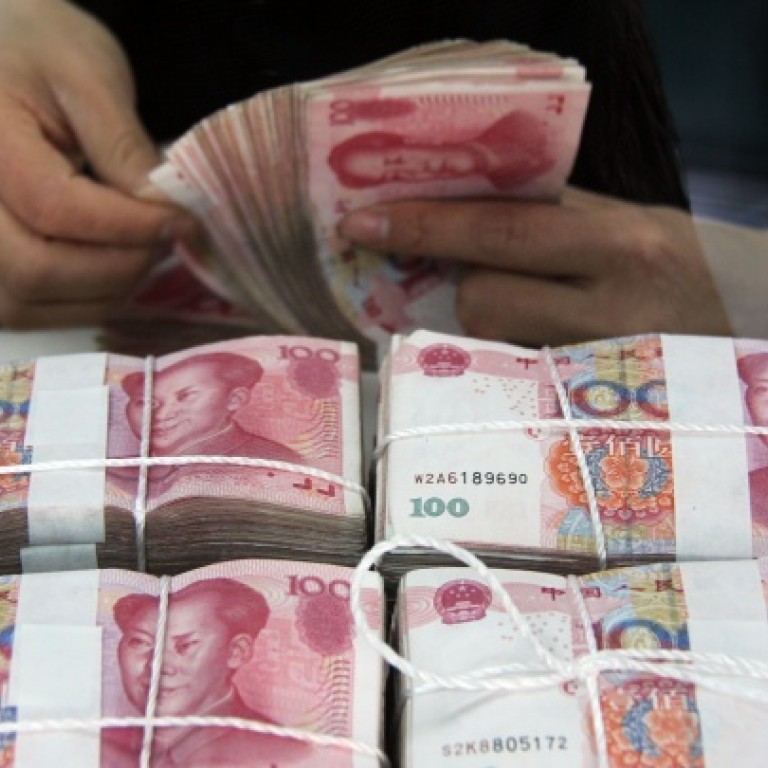
Currency reforms won't be stalled by yuan volatility
Ju Wang assesses efforts to curb speculation amid the liberalisation drive
The renminbi has experienced increasing volatility in recent weeks in light of new regulations and strong inflows that have seen the currency touch record highs versus the US dollar. This highlights the interesting challenge faced by Chinese policymakers – how to cool flows of “hot money” while at the same time pushing forward with much-needed reforms. As ever, it involves a tricky balancing act.
It is clear that hot money inflows have helped make the renminbi one of the bestperforming major currencies this year, at a time when growth in China is slowing. A further concern is that some of these inflows appear to be driven by appreciation expectations rather than real trade and foreign direct investment.
In response, the State Administration of Foreign Exchange announced a new regulation to curb currency speculation, effective from Saturday. The idea is to make foreign currency loans more expensive by requiring banks to set aside larger foreign exchange deposits against their loans.
This is an important step, as speculative corporate behaviour has become an increasingly important driver of foreign exchange flows in and out of China. Clamping down on these flows will lessen pressure on the renminbi in either direction.
The regulatory framework is tightening. But while inflow pressures may make authorities cautious, they are unlikely to bring the reform process to a halt. For example, the day after the new rule was announced, the State Council outlined nine measures to deepen economic reforms this year, including plans to unveil an operational blueprint by the end of the year for renminbi convertibility under the capital account.
Then, the State Administration of Foreign Exchange issued two circulars that simplify the process by which domestic companies may borrow renminbi or foreign currencies offshore, abolishing a number of regulations for inward FDI and overseas direct investment. The new framework is expected to make the administrative process more transparent. It underlines the official policy to push forward with foreign exchange reform.
It is certainly better to introduce reforms from a position of renminbi strength; if the authorities introduce more reform while inflows are strong, it adds to the perception that the foreign exchange policy is increasingly tolerant of renminbi appreciation.
While the renminbi initially reacted negatively to the new regulation, it rebounded quickly after policymakers announced a commitment to continued capital account liberalisation. The fact that the central bank has allowed the daily dollaryuan fix, the midpoint of the onshore renminbi trading band, to move lower despite the sharp rise in the US dollar has also helped anchor the renminbi.
Moderate renminbi appreciation of 1.5 per cent can still be expected through 2013, despite significant US strength on the back of expectations that its quantitative easing may taper off. Most of this appreciation is reflected in the current market price. Should the US strength gain further traction, and if further regulations related to foreign exchange speculation are announced, we could see a temporary (and limited) correction, with the dollar-yuan rate moving higher.
The renminbi is still anchored by its interest rate advantage over the dollar and the drive for renminbi internationalisation and related reforms. The rising influence of the renminbi means that net exports are becoming a less important part of the growth story as China marches down the road towards economic rebalancing.
Ju Wang is a senior Asian foreign exchange strategist for HSBC
